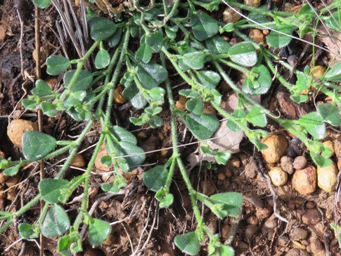
Australia So Much to See


Lilac, light purple, five petals, upper two smaller, and the bottom one the largest. Darker purple marks near centre. Flower has a long tubular base behind the petals (hypo meaning under), giving it the name hypocrateriformis (trumpet shaped). Flowers can vary from white, pink through shades of lilac and mauve, with white being the most common north of Perth, and deeper colours towards the south of the state. No visible foliage when flowering.
Bridgetown, South West Region, Western Australia and can be found in the Mid West, Wheatbelt, South West and Great Southern Regions and between Kalbarri and Esperance
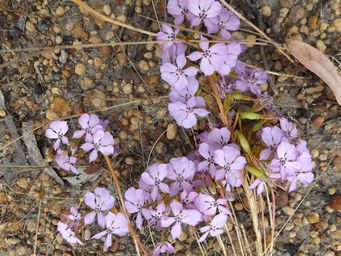
Pea flowers with a dark veined pattern on rear of the yellow standard and a red centre. Foliage emerges annually and spread across the ground. Leaves are shiny and wedge shaped with a slight indentation at the tip, giving a heart-like appearance. Hairiness is evident at the leave edges, along the stem, and on eh hind the flowers. Flowers stand up on a short stem of around four centimetres in height.
Bridgetown, South West Region, Western Australia and found in the Mid West, Wheatbelt, South West and Great Southern Regions and between Shark Bay and Esperance
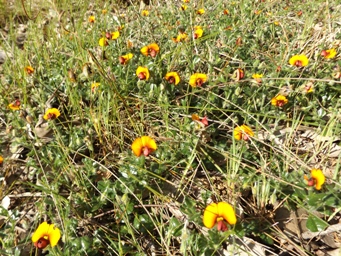
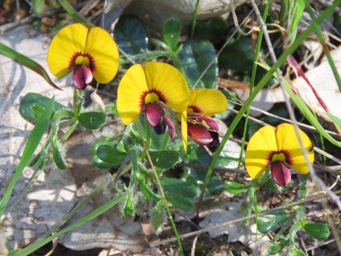
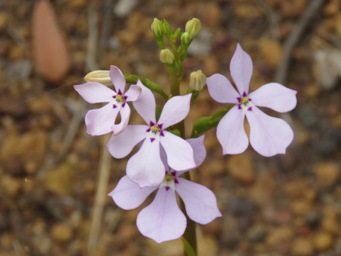
Isopogon gardneri, Coneflower
With the faded flowers showing no colour. A pom pom of tassel-like flowers on a cone. Branching
modified leaves which terminate in a yellow spined tip. Similar type of flower to Petrophile seminuda (yellow) and Petrophile
linearis (pink).
These faded flowers were seen late November
Above left: Kulin, Wheatbelt region, Western Australia
Above right: Dragon Rocks Nature Reserve, Newdegate, Wheatbelt region, Western Australia
Occurs in the south east Wheatbelt and extending into
the adjacent Great Southern
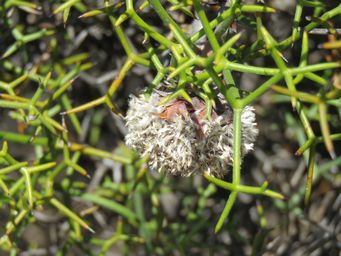
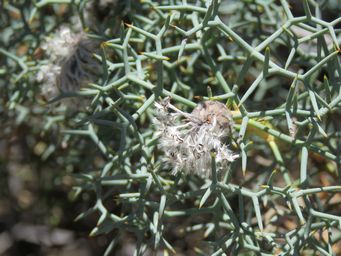
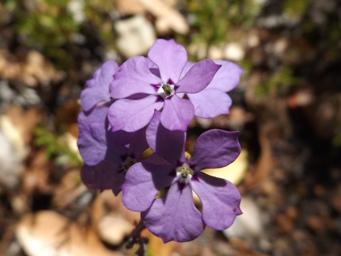
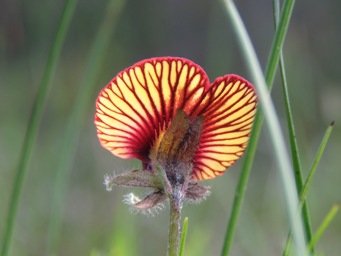
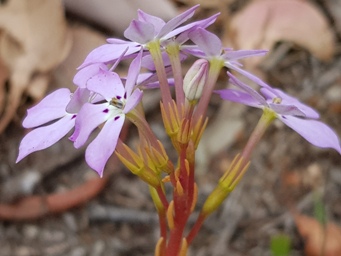
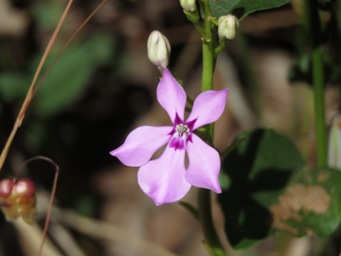
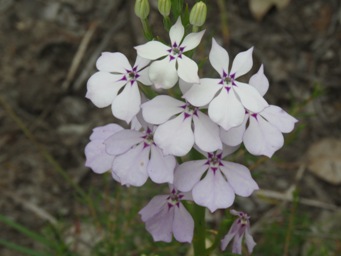
Isopogon scabriusculus
With three subspecies, this may be subsp. stenophyllus which has narrow leaves, oval in cross section, and is
one of two subspecies found in the Yilgarn shire area.
Pink shaggy circular flowers, with a yellow style protruding from each
individual bloom that make up the circle. These styles turn red with age. Shrubs may reach two metres. Foliage is
elongated and up to eighteen centimetres long, and may be cylindrical, grooved to the midrib, or flat and narrow. These leaves
extend beyond or cup the flowers. Cones which are almost ball shaped remain after flowering, with buds, flowers and cones all
being found at the same time.
August
Moorine Rock, Shire of Yilgarn in the eastern Wheatbelt region, Western Australia. Grows
from south of Perenjori in the Mid West, through the Wheatbelt and into the Great Southern near Pingrup in the Kent shire, and into
the Goldfields near Coolgardie to Ravensthorpe.


